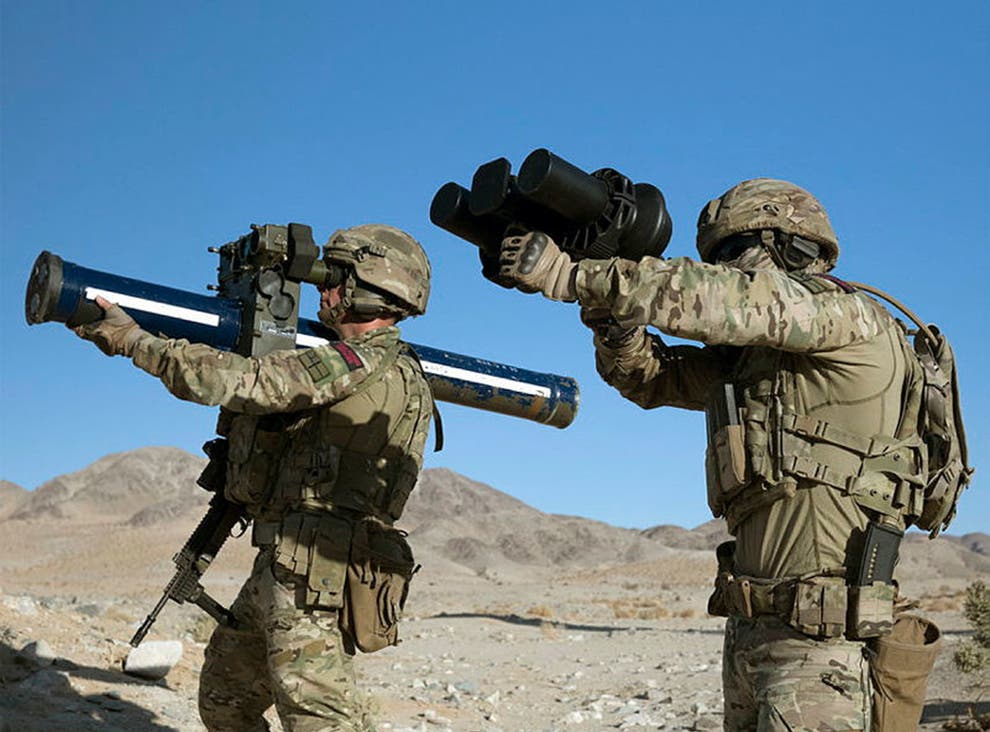Ukraine: replenishment Patriot missiles
26 April, 2024

The U.S. will provide Ukraine additional Patriot missiles for its air defense systems as part of a massive $6 billion additional aid package, Defense Secretary Lloyd Austin announced Friday.
The missiles will be used to replenish previously supplied Patriot systems. The package also includes more munitions for the National Advanced Surface-to-Air Missile Systems, or NASAMS, and additional gear to integrate Western air defense launchers, missiles and radars into Ukraine’s existing weaponry, much of which still dates back to the Soviet era.
[April 1 2022 Starstreak mpad downs helo ]

A British anti-aircraft missile has been used to shoot down a Russian helicopter in Ukraine for the first time, according to a report.
The Starstreak high-velocity missile system was supplied to Ukraine by Britain in March along with a further shipment of Next Generation Light Anti-tank Weapons (NLAWs).
A Starstreak attack on a Russian aircraft in the Luhansk region that was caught on camera has been verified, The Times reported.
[February 25 2022 RQ-4 Global Hawk overflying Ukraine ]

Two remotely piloted Global Hawks were seen on publicly accessible aviation trackers over Ukrainian airspace February 23 2022 and 24th before the country restricted civilian flights. At times, the two planes – under the call signs Forte10, Forte11 and Forte12 – have been the only active aircraft publicly visible over eastern Ukraine. Aviation watchers have taken note, speculating that the United States is making its presence known in a show of force.
[November 1 2021 RQ-180: reconnaissance in highly defended enemy air space ]

The RQ-180, which reportedly is a Northrop Grumman product, meets an obvious need on the part of the U.S. Air Force for long-range, penetrating aerial reconnaissance in highly defended enemy air space.
[October 17 2014 Orbital spy plane is back from space ]


Ability to reconfigure the robotic spacecraft makes the X-37B cheaper and more flexible than a satellite
The Boeing-built X-37B Orbital Test Vehicle landed at Vandenberg Air Force Base in California,after a record-setting 674 days in orbit. putting an end to the program’s third flight. There are no details on what the plane may have been doing during its time in space. it’s probably no coincidence that the X-37B’s orbit takes it over North Korea, Iran, Pakistan, Afghanistan, and China.
The Boeing X-37, also known as the X-37 Orbital Test Vehicle (OTV), is an American reusable unmanned spacecraft. It is boosted into space by a rocket, then re-enters Earth’s atmosphere and lands as a spaceplane. The X-37 is operated by the United States Air Force for orbital spaceflight missions intended to demonstrate reusable space technologies. X-37B carries “specialized” sensors packages that can be reconfigured as needed for each mission when the aircraft returns to Earth. That ability to reconfigure the robotic spacecraft makes the X-37B cheaper and more flexible than a satellite—which goes up once with one package of sensors and is eventually discarded. Satellites can often cost billions of dollars and cannot reconfigured or reused, unlike the X-37B.